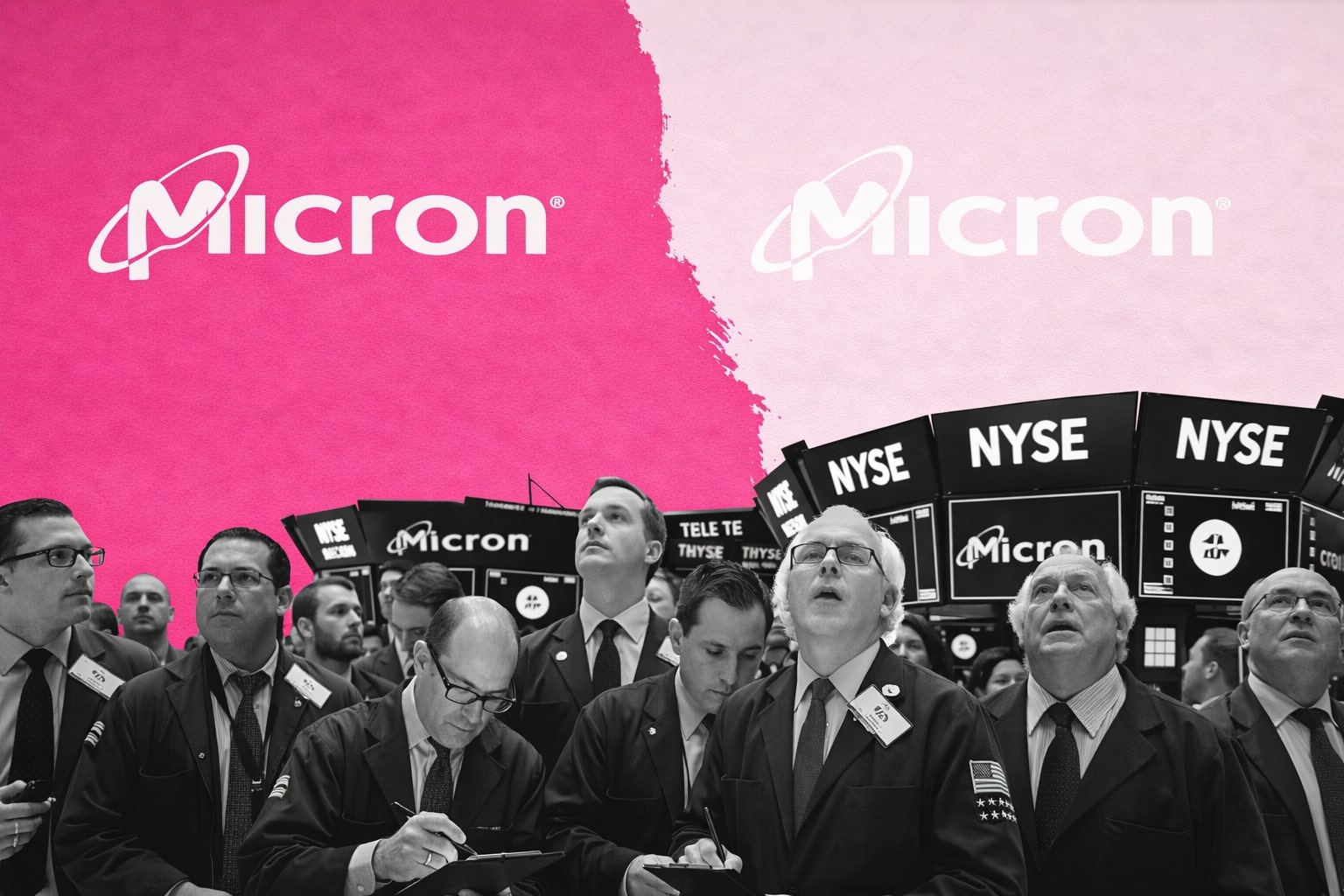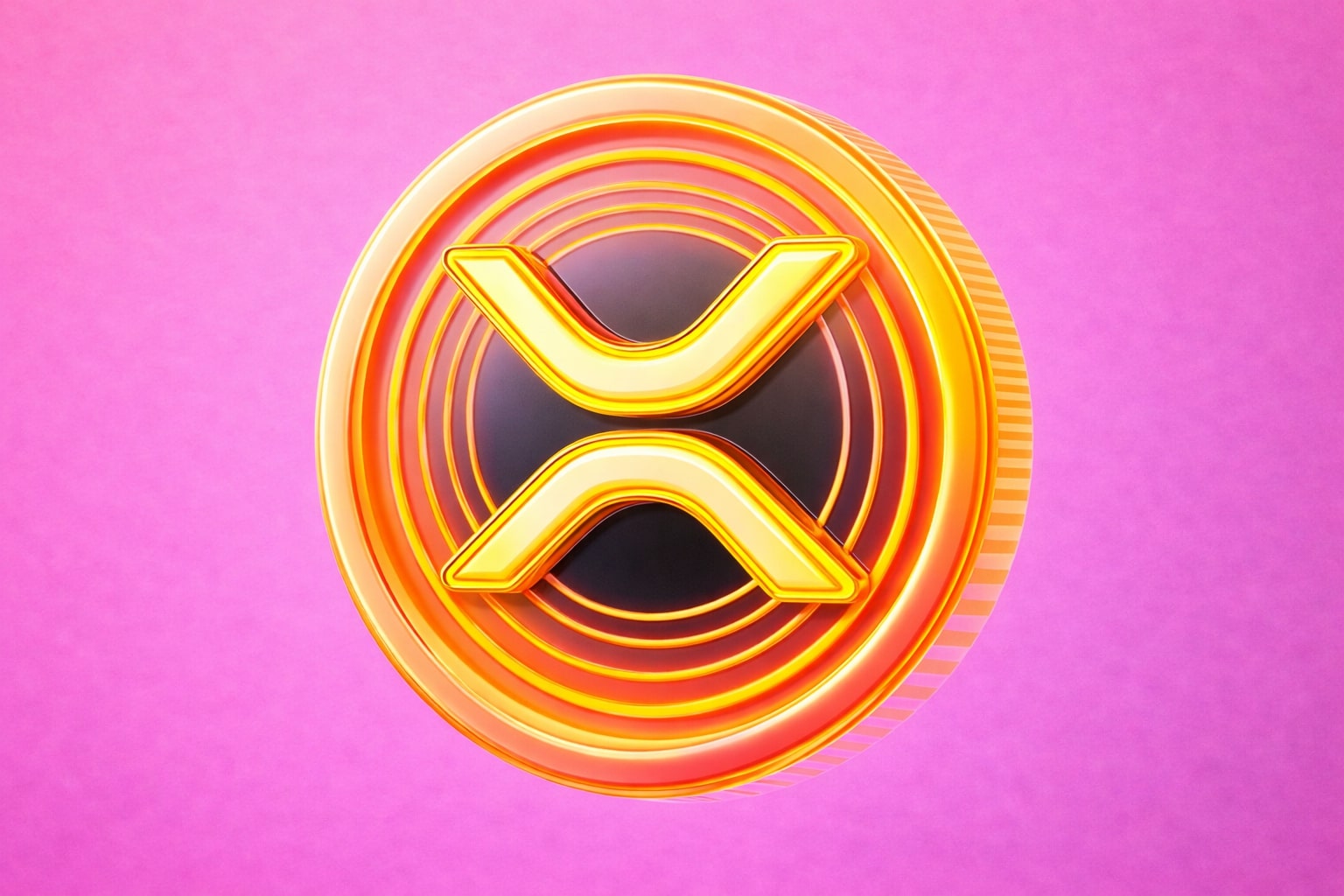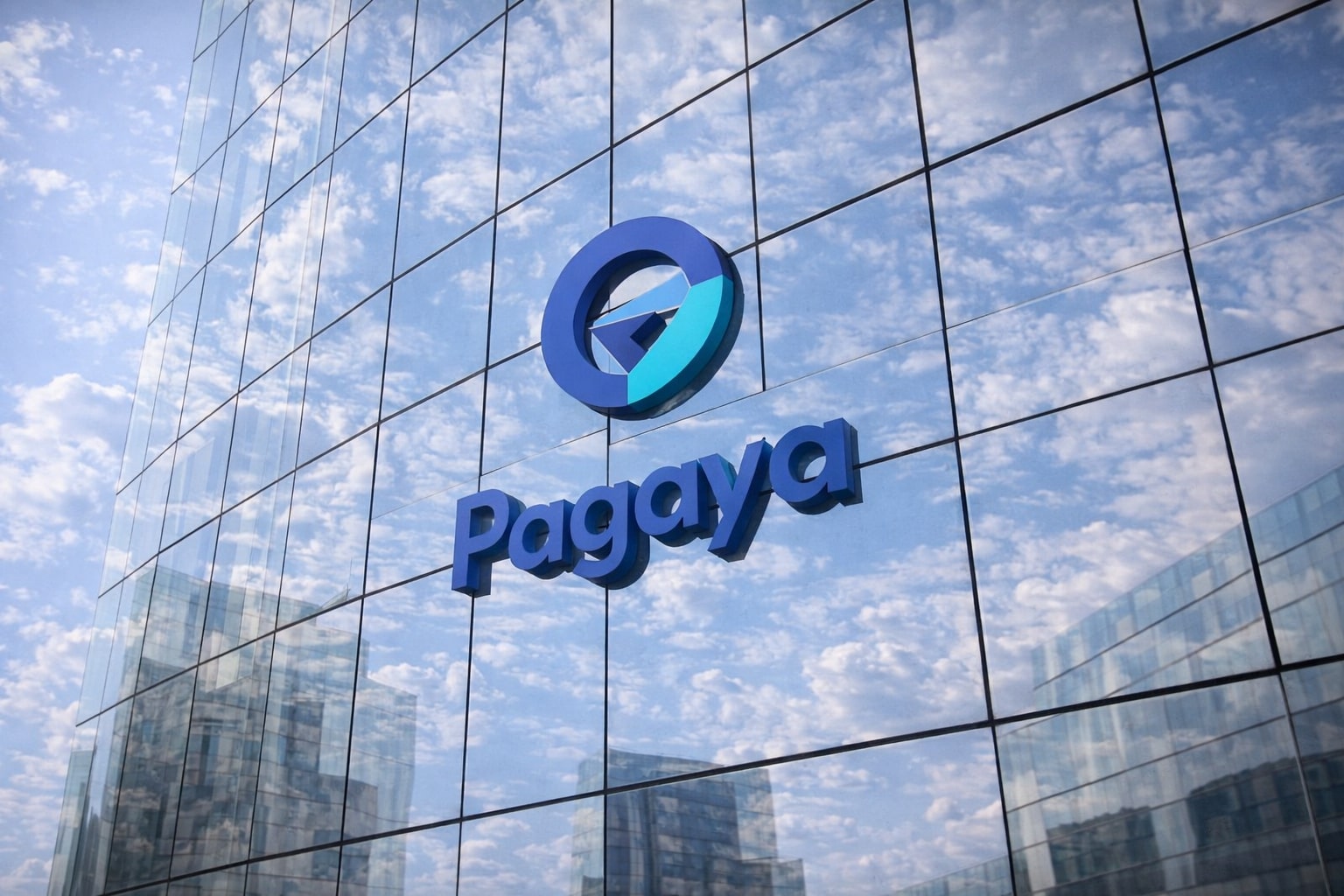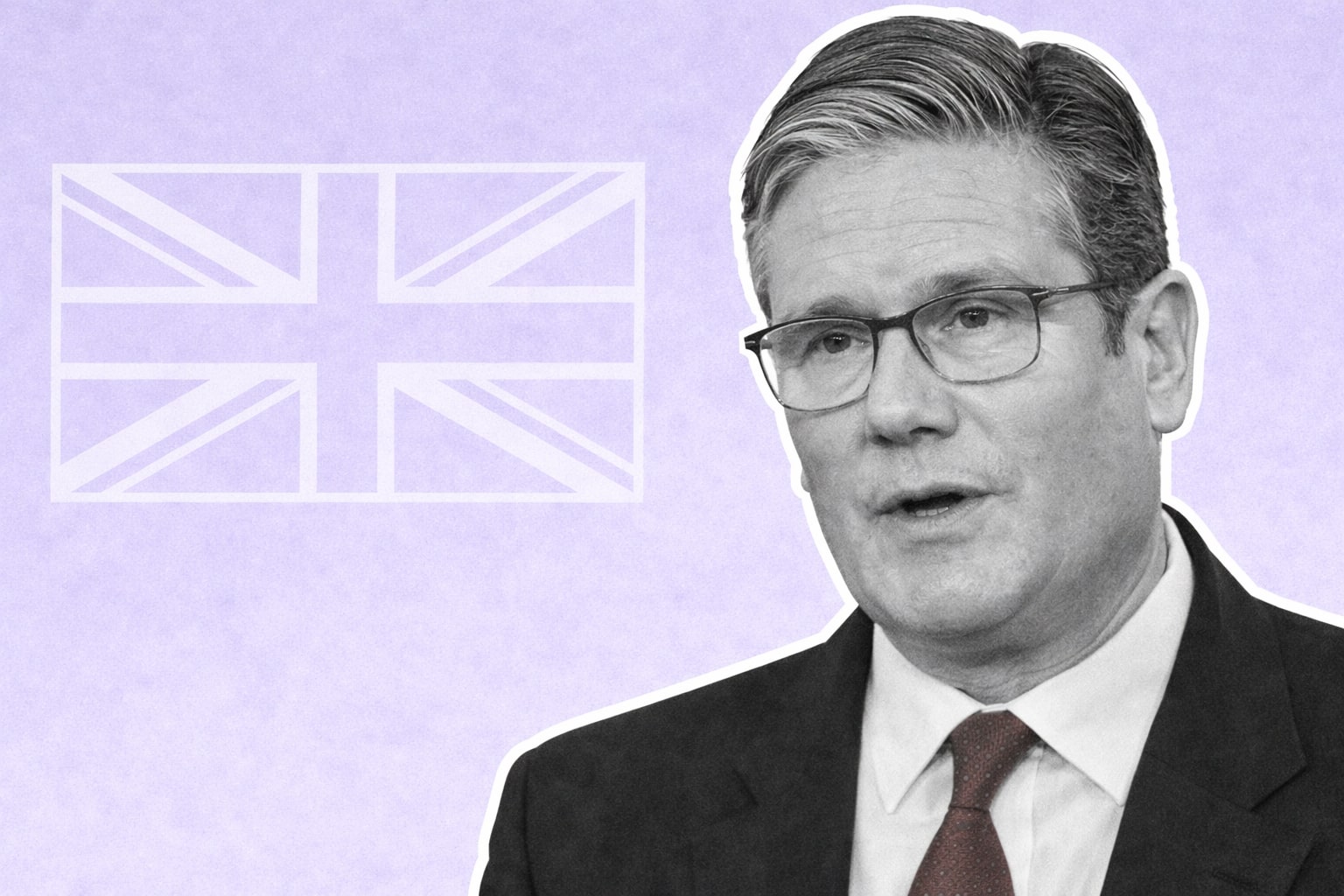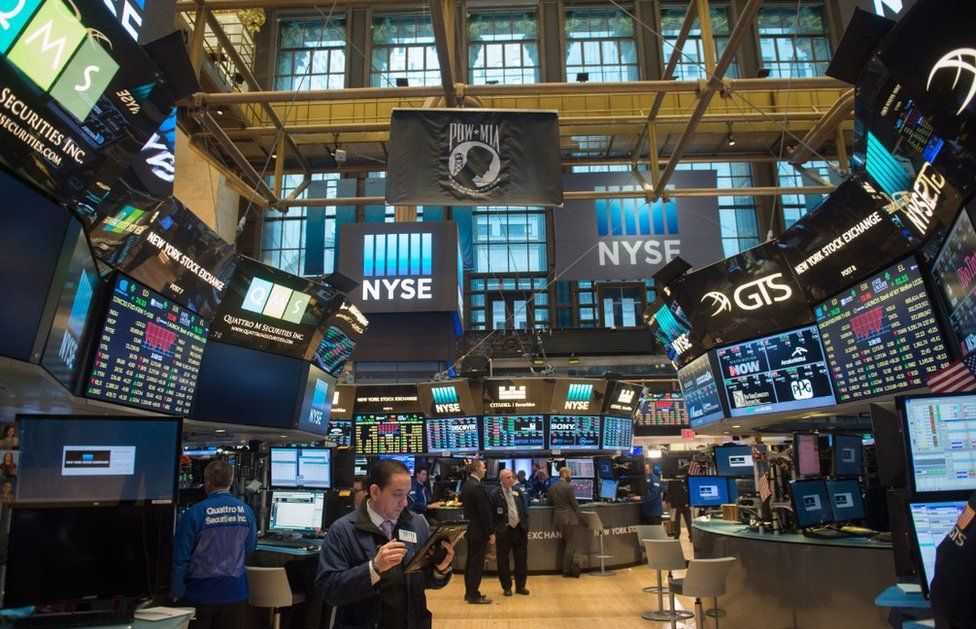
Rising Treasury Yields Outpace DeFi Returns
Treasury yields soar to 3.506%, they pose a significant challenge to the average Annual Percentage Yields (APYs) provided by leading decentralized finance (DeFi) protocols
A recent shift in investor sentiment has seen U.S. Treasury yields decline as market players closely scrutinize the Federal Reserve's interest rate actions. The 10-year Treasury yield experienced a decrease of over 4 basis points, landing at 3.461%, while the 2-year Treasury yield also dipped by 3 basis points to 3.973%. This inverse relationship between yields and prices is a fundamental dynamic within the financial market, with one basis point representing a 0.01% change.
Fed officials' comments and economic indicators have been the primary focus for investors, particularly in relation to the trajectory of interest rate policy and the potential for a contraction in the U.S. economy. On the docket are April’s retail sales report and statements from various Federal Reserve Presidents, including New York’s John Williams, Dallas’ Lorie Logan, Cleveland’s Loretta Mester, and Atlanta’s Raphael Bostic.
Bostic, in an interview with CNBC, stated his skepticism towards a swift decline in inflation, suggesting that rate cuts are unlikely to be announced this year, irrespective of a possible recession. He further hinted at the possibility of rates increasing. Similarly, Neel Kashkari, Minneapolis Fed President, echoed these sentiments during the Minnesota Transportation Conference and Expo, asserting that the Fed’s struggle against inflation is still ongoing.
Meanwhile, Austan Goolsbee, Chicago Fed President, indicated to CNBC that the effects of the announced rate hikes have yet to permeate fully into the economy, thereby advocating for a cautious approach to policy decisions. This cautionary tone followed last week's inflation data, which fell slightly below expectations and prompted investors to anticipate rate cuts in the second half of the year. Concerns about high rates potentially dragging the U.S. economy into a recession have become more pronounced in recent weeks.
On the global front, European stocks ended the session higher with ongoing U.S. debt ceiling negotiations and Turkey's forthcoming election runoff in focus. The pan-European STOXX 600 index rose by 0.25%, and MSCI's gauge of stocks across the globe gained 0.41%. Simultaneously, emerging market stocks ascended by 0.54%, with MSCI's broadest index of Asia-Pacific shares outside Japan closing 0.84% higher, and Japan's Nikkei rising by 0.81%.
U.S. Treasury yields continued to show resilience due to ongoing worries over inflation, even after Atlanta Fed President Raphael Bostic expressed his preference for steady interest rates. The greenback pulled back against a basket of world currencies after reaching a five-week high, consolidating gains amid debt limit talks. The dollar index fell by 0.25%, with the euro and Sterling strengthening by 0.23% and 0.59% respectively against the dollar.
In the crypto sphere, decentralized protocols such as Aave, Curve, and Compound are used to facilitate yield farming, a process where investors earn rewards through providing liquidity to token pairs or trading pools. However, with the rising yield on U.S. Treasury bills, these decentralized finance (DeFi) yield-bearing opportunities might become less attractive. For instance, Aave’s annual percentage yield (APY) on stablecoins such as USDC, USDT, and DAI currently sits at 2.57%, 2.43%, and 2.71% respectively, lower than the Treasury's 10-year yield of 3.506%.
However, the DeFi space offers a variety of yield opportunities. Certain Ethereum-based liquid staking derivatives and service providers such as Lido, Rocket Pool, and Frax Finance are presenting intriguing alternatives to U.S.-backed bonds. Lido, for example, with over 6.6 million ether (ETH) staked on its platform, offers
a 6.0% annual percentage rate (APR) to customers who lock their ETH onto its platform. In comparison, Rocket Pool offers around 5.17% APR in ETH to customers interested in participating in staking — and approximately 6.98% APR in ETH and Rocket Pool rewards to those interested in operating a node and staking on its platform.
Frax Finance offers particularly appealing returns. Its VST/FRAX pool provides a base of 6% APR to stakers, with its base APR potentially reaching as high as 20%. However, it's not just Ethereum offering these enticing staking solutions; ample liquid staking options are also available via Cosmos and Solana.
However, it's crucial to consider the associated risks with staking. Cryptocurrency yield-bearing processes can exhibit significant volatility, and the underlying token prices could rapidly shift due to fluctuating market conditions. Potential errors with validator nodes and possible token lock-up periods are also among the considerations investors should bear in mind.
On the broader market, U.S. stocks displayed a somewhat lackluster performance, with the Dow Jones Industrial Average rising 47.98 points or 0.14% to 33,348.6. The S&P 500 gained 12.2 points or 0.30% to 4,136.28, and the tech-heavy Nasdaq Composite added 80.47 points or 0.66% to 12,365.21.
This lack of vigor can be partly attributed to the winding down of the first-quarter earnings season, leaving the market with fewer catalysts. However, semiconductor shares showed a surge, which significantly contributed to the Nasdaq's advance. Another focal point for investors has been the ongoing negotiations between President Joe Biden and House Republicans concerning the U.S. debt ceiling.
Market participants appeared optimistic about these talks, despite the inherent political posturing. Joseph Sroka, Chief Investment Officer at NovaPoint in Atlanta, noted that the optimism was having a positive impact on the market. However, he also acknowledged the potential for a standoff due to the current split government.
President Biden expressed his own optimism about reaching an agreement over the weekend. Nevertheless, House Speaker Kevin McCarthy stated that he and Biden remain "far apart" on striking a deal. The second round of debt-ceiling talks is set to continue, with market players eagerly awaiting outcomes.
In light of this, the rising 10-year yield on U.S. Treasury bills, which increased by four basis points to 3.506% on Monday, is indicative of investor confidence in the U.S. market. This confidence is further reflected in the market pricing a 75.3% probability that the Fed will leave interest rates unchanged at between 5%-5.25% on June 14. However, there's still a 24.7% chance of a quarter-of-a-percentage-point rate hike next month, as indicated by the CME FedWatch tool.
In conclusion, both traditional and digital finance sectors are demonstrating dynamic shifts and developments. While these sectors offer various investment opportunities, ranging from government bonds to yield farming, the key to an accurate investment channel lies in understanding and navigating these ever-changing landscapes. As always, it's crucial for investors to diligently monitor market trends, policy changes, and geopolitical events, applying sound judgment and risk management in their investment decisions.
Read More
-
Pagaya Stock Price Forecast - PGY at $23.20: Is PGY Stock the Cheapest AI Fintech of 2026?
19.12.2025 · TradingNEWS ArchiveStocks
-
XRP Price Forecast: XRP-USD Stuck at $1.87 With $3 2026 Target and $10–$25 Long-Term Range
19.12.2025 · TradingNEWS ArchiveCrypto
-
Oil Price Forecast: WTI Near $56 and Brent at $60 Signal Risk Toward $50
19.12.2025 · TradingNEWS ArchiveCommodities
-
Stock Market Today: AI Chip Rally Lifts Nasdaq as $7.1T Quad Witching Hits
19.12.2025 · TradingNEWS ArchiveMarkets
-
GBP/USD Price Forecast - Pound at 1.34 As BoE Cut And Soft Dollar Keep Bullish Path Toward 1.35
19.12.2025 · TradingNEWS ArchiveForex
















